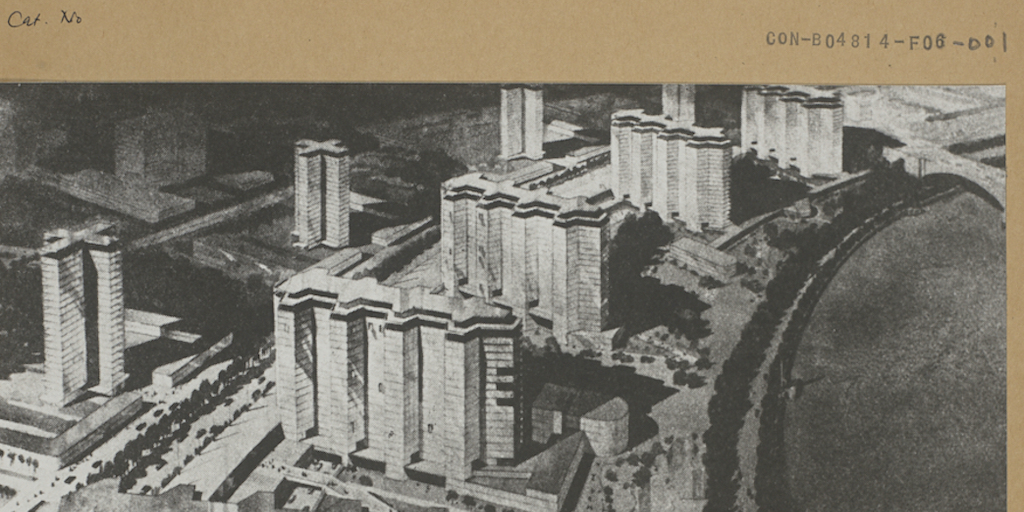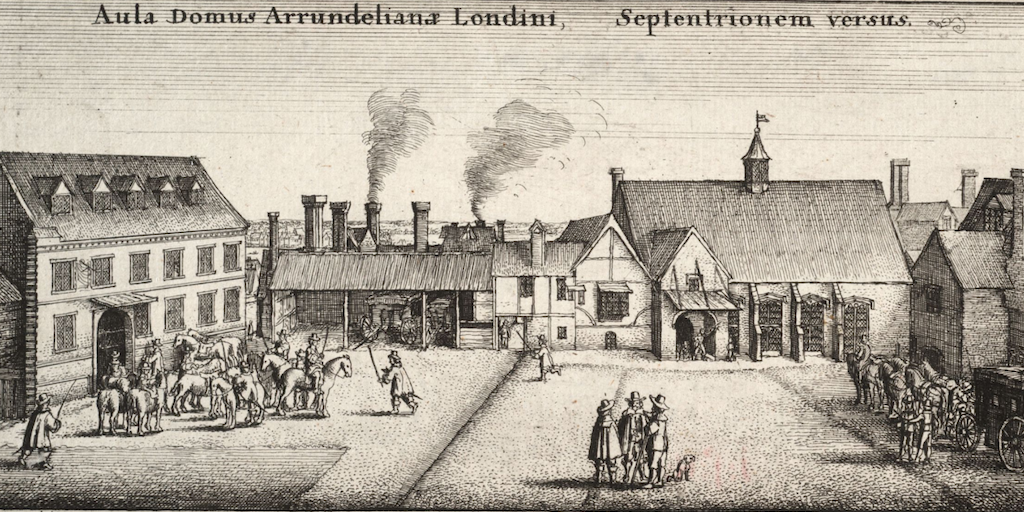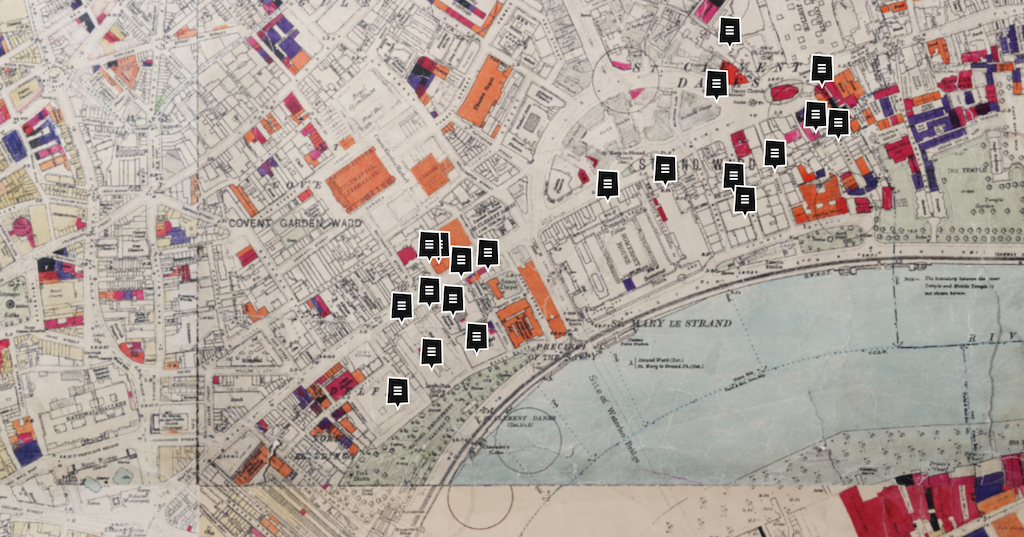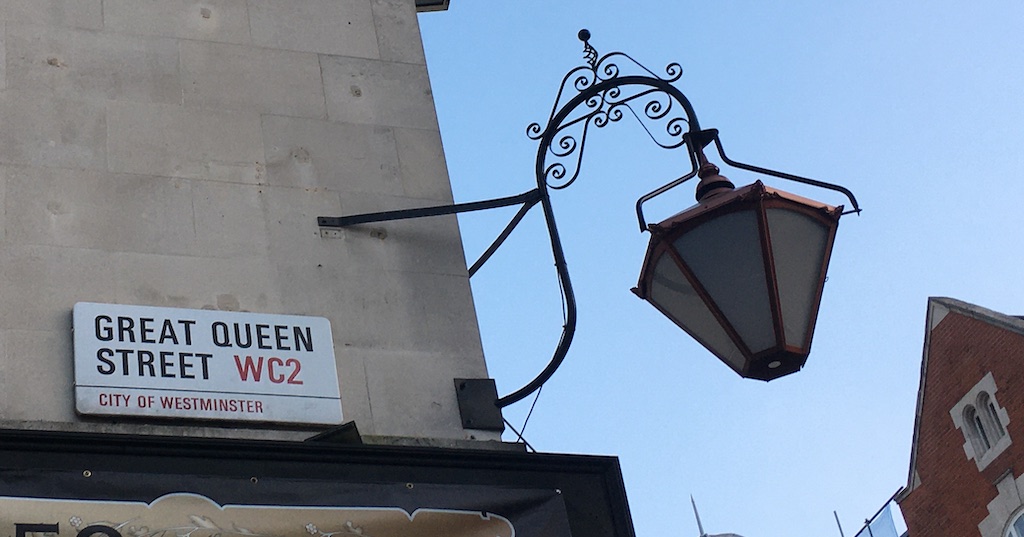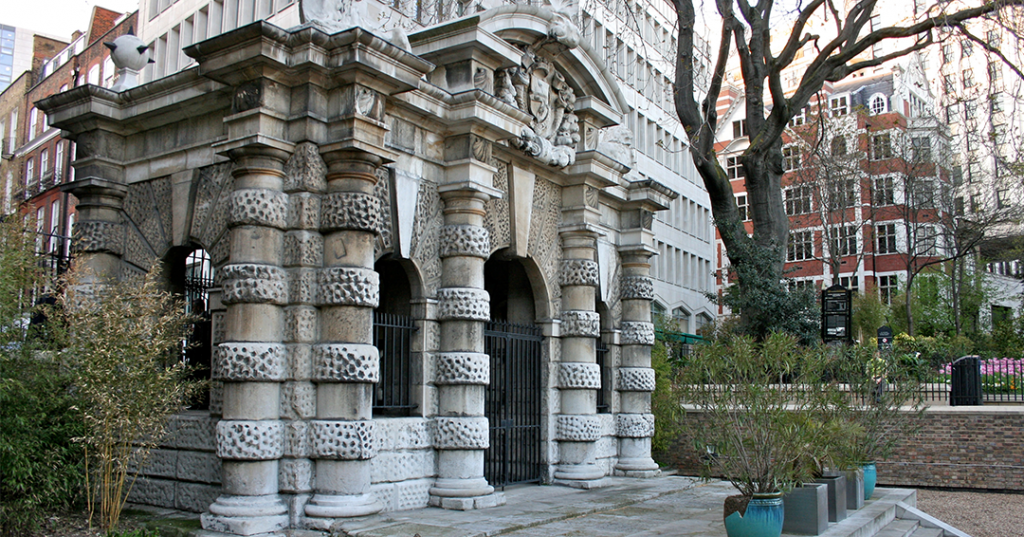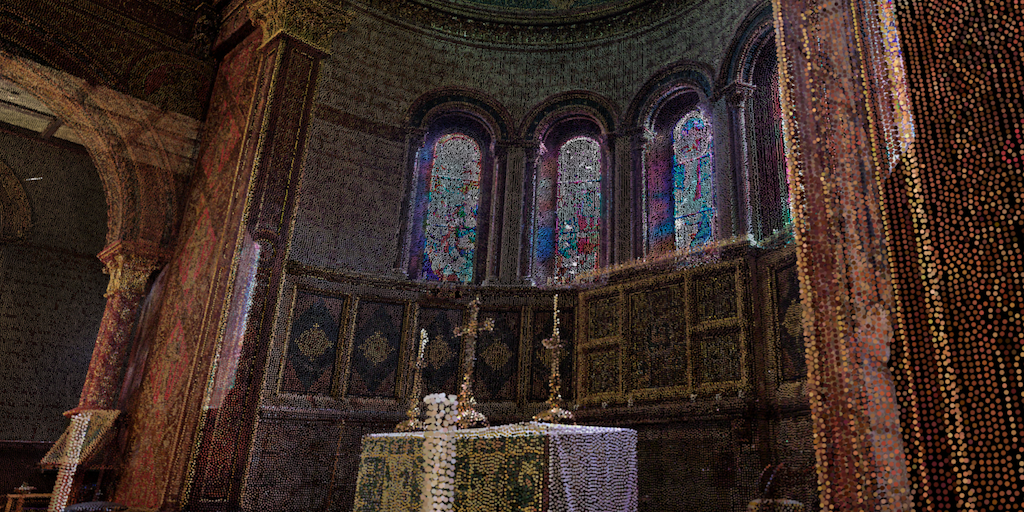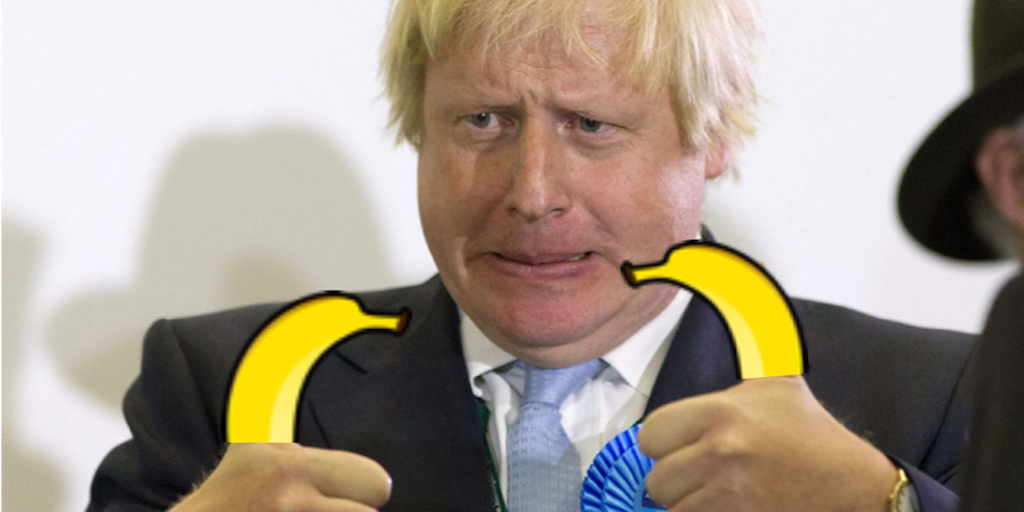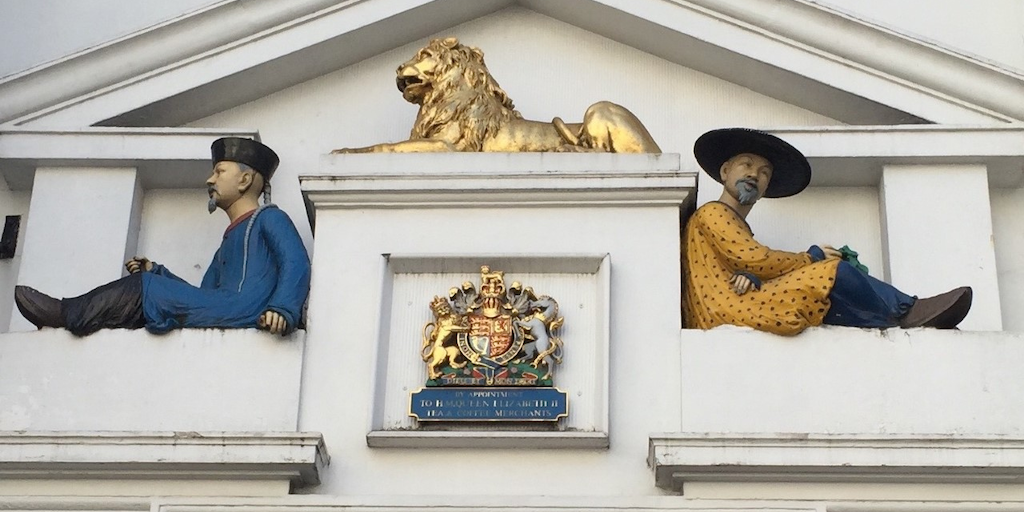An Edible Utopia under your feet: rhubarb, mushrooms, and more
*Covid-19 update: many of the events discussed in this article were cancelled due to lockdown. Be the first to know about future Edible Utopia plans by signing up to their newsletter* “Have you been down here before?” Jane asks me, jangling a huge bunch of keys. Having met at the entrance to Somerset House, we’ve…
Read MoreRepost from Courtauld Digital Media: Visions of London
Editors’ note: The Strandlines editors are always scouring for news and research about the Strand area. Below we’re delighted to be sharing an extract of ‘Visions of London’, a piece by Hannah Wilson, a Courtauld Connects Digitisation placement student. Thank you to the Courtauld Digitisation team for allowing us to share a snippet of Hannah’s…
Read MoreLost buildings of the Strand
Editor’s note: below you can find teasers of Aisha Brady’s research for her Layers of London collection ‘Lost Buildings of the Strand‘. Aisha researched this collection (and many more!) as a Layers of London and Strandlines collaborative volunteer. We are currently recruiting for more volunteers, apply by 7 February 2019! Find out more here. Lost…
Read MoreCan you volunteer for Strandlines and Layers of London?
If you’re reading this on our website, we hope that you already know that Strandlines collects and shares histories and stories of this most central of London’s streets. Why not browse some of our existing ‘strands’ to see what our contributors have preserved so far? Layers of London is a huge collaborative effort to map…
Read MoreA short history of Great Queen Street
Laid out around the time of construction of Covent Garden and Lincoln’s Inn Fields, Great Queen Street, just to the North East of Covent Garden, was the third step of the quest for homogeneity that seventeenth-century London then wished to pursue. Following the same principles of houses already built in the Covent Garden area, brick…
Read MoreThe Eleanor (Charing) Cross
The story of the Eleanor Cross begins with the death of Eleanor of Castile, wife of Edward I, on 28th of November 1290. A series of twelve crosses marked the resting places of the funerary cortège which began in Nottingham, where Eleanor died, and made stops at towns between Lincoln and Westminster Abbey. Charing Cross…
Read MoreThe York Watergate
When the Duke of Buckingham ordered his York House (approximately located at present day 38 Strand) to be modernised in 1623, “it was customary for nobility to be conveyed by water” [1] while the less convenient carriages were preferred for state purposes. This made the building of private watergates by the river very common in…
Read MoreKing’s College London Chapel Preservation Project
At King’s College London Archives our remit is to preserve and provide access to the material in our care. This project is an experiment in how we might apply that philosophy to digitally preserve our physical objects and spaces. The buildings of King’s have a rich history and have changed much over the years. The…
Read MoreLet’s All Go Down the Strand – For the Age of Brexit
One night half a dozen toffs met together in Westminster A severing from the continent was planned Empathy and sense were summarily banned ‘Let’s inflame irrational nationalism! It won’t hurt us when it backfires’ Decorate a bus in lies Lie some more when they ask why And then dance around the union’s funeral pyre Let’s…
Read MoreTwinings and Lloyds Intertwined
Part One Twinings has long been associated with fine teas but the company actually sprang from Tom’s Coffee House. This blog explores a little of that early history and links to Tweed family members who lie within my own ancestral tree. Walking along the Strand in 1706 a waft of aromatic coffee and stimulating chit…
Read More

